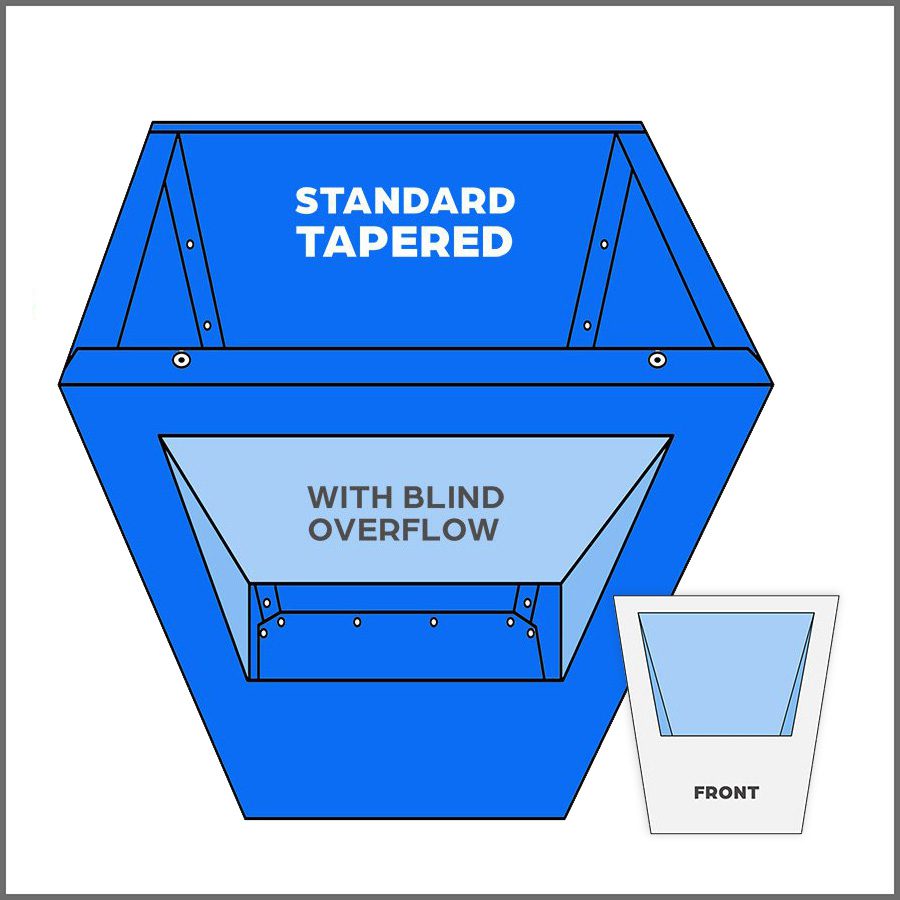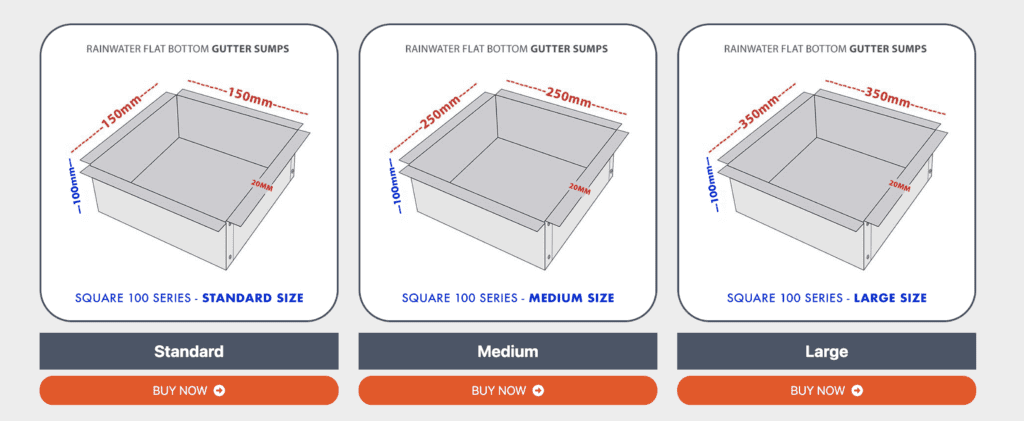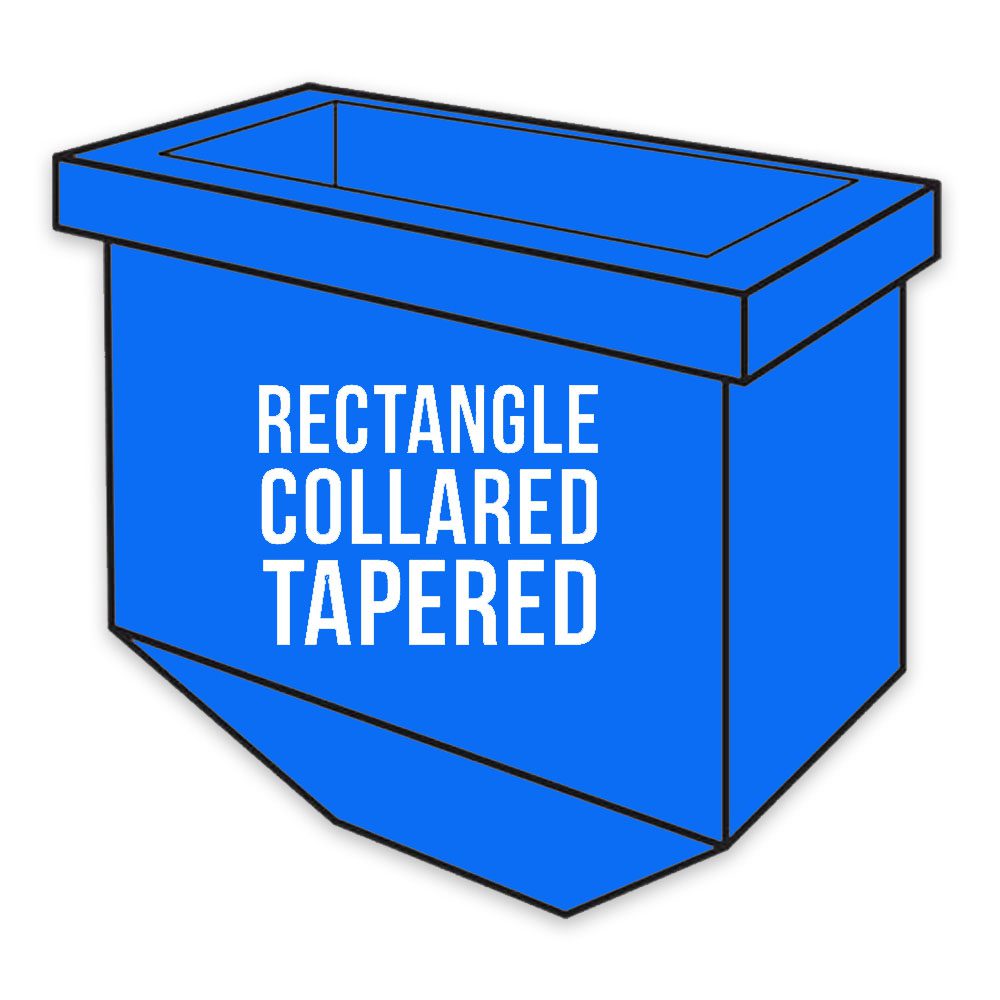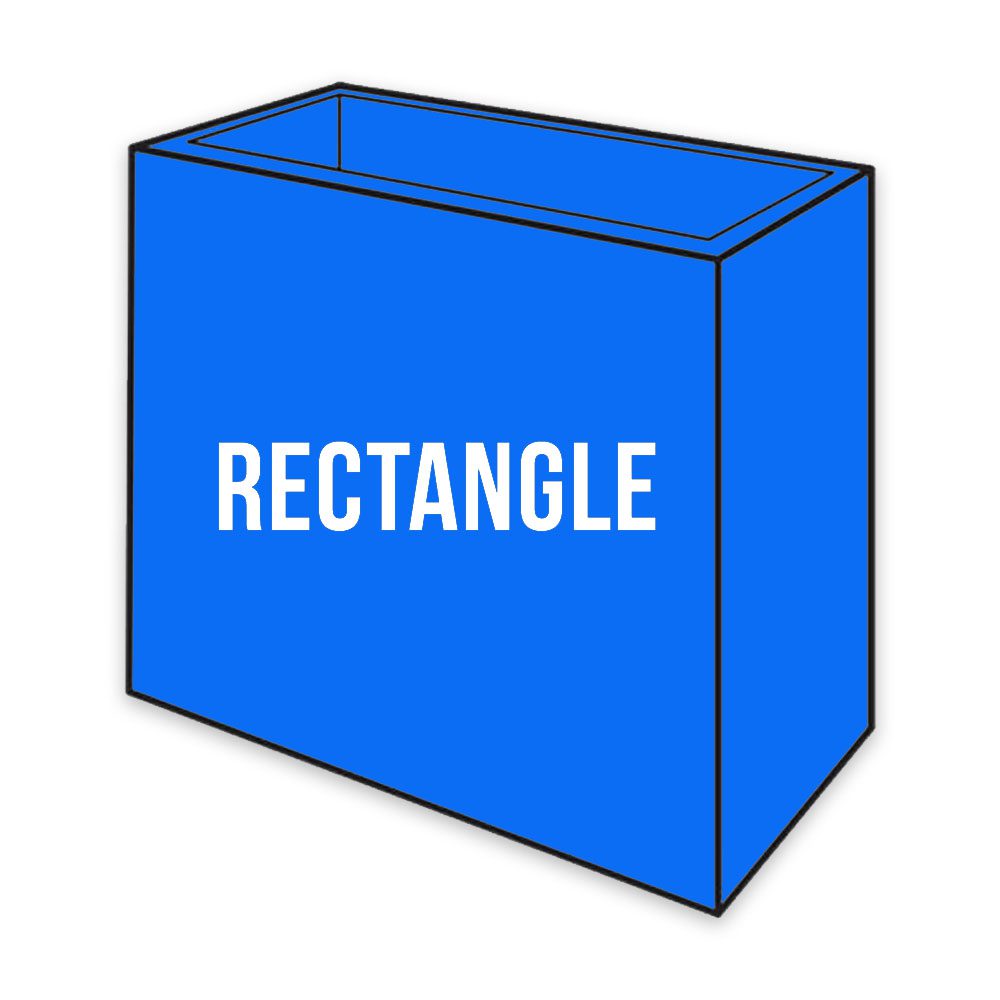Custom Rainheads: Designs, Regulations, and Installation. Buy Now
Buy Rainheads and Dambuster Rainheads – 1-300-564-612
Buy Custom Rainheads & Dambusters – Buy Online Now >
Rainheads are essential components in rainwater collection and management systems, particularly in regions with heavy rainfall. They act as intermediaries between box gutters and downpipes, allowing rainwater to be directed efficiently. Stratco is a provider of rainheads, offering various designs, custom manufacturing options, and different materials to suit various needs. This guide will cover essential aspects of rainheads, including regulations, installation, and common questions.

Stratco Rainheads Designs
Stratco offers a range of rainhead designs, from classic to contemporary, ensuring a fit for any architectural style. Standard models include simple box shapes with clean lines, while more elaborate designs feature decorative elements such as curved edges, detailed cornices, and intricate patterns. Custom rainheads manufacturing is also available, allowing customers to specify unique designs or adjust existing models to meet specific requirements.
Custom Rainheads Manufacturing
Custom rainheads are manufactured to precise specifications, taking into account the size, shape, and style of the building. Stratco’s custom manufacturing process allows for the use of various materials, including stainless steel, zinc/al, and colorbond. Customers can choose from a variety of finishes and colors to match or complement their existing gutter system.

Rainhead Overflow Rules
Rainheads must be designed with overflow provisions to prevent water backup in box gutters, which can lead to roof damage and leaks. The overflow typically consists of a spillway or overflow hole that allows excess water to escape in case the downpipe is blocked or overwhelmed. Australian standards specify that rainheads must have adequate overflow capacity to handle the expected rainfall in a given area.
Minimum Depth of a Box Gutter
The minimum depth of a box gutter in Australia is generally 150 mm. This depth ensures that the gutter can handle significant volumes of water during heavy rainfalls. However, this can vary based on specific building regulations and local weather conditions.

What is a Rainhead Downpipe?
A rainhead downpipe is the vertical pipe that connects the rainhead to the drainage system or stormwater infrastructure. It channels rainwater collected by the rainhead away from the roof and building to prevent damage. These downpipes can be made from various materials, including PVC, aluminum, and stainless steel.
Can You Put a Rainwater Downpipe into a Soil Pipe?
Generally, rainwater downpipes should not be connected to soil pipes, as these are designed to carry wastewater. Mixing rainwater and wastewater can lead to contamination and violate building codes. It’s best to direct rainwater downpipes to stormwater drainage systems or rainwater storage tanks.

What Height Should a Rainhead Be?
The height of a rainhead depends on the roof’s pitch and the building’s design. Typically, rainheads are installed at the edge of a roof, ensuring that gravity facilitates the flow of rainwater into the downpipe. It’s crucial to position the rainhead high enough to prevent water pooling but not so high that it complicates maintenance.
Disadvantages of Box Gutters
Box gutters have some disadvantages, including their tendency to accumulate debris and require regular cleaning. If not maintained properly, box gutters can overflow, leading to water damage. Additionally, box gutters are more prone to rust and corrosion, especially if not made from high-quality materials.

Australian Standard for Gutters
The Australian standard for gutters is AS/NZS 3500, which sets out the design, installation, and maintenance requirements for plumbing and drainage systems, including gutters. This standard provides guidelines for the minimum fall, material selection, and overflow provisions to ensure proper rainwater management.
Minimum Fall for Box Gutters in Australia
The minimum fall for box gutters in Australia is 1:200 (0.5%), which ensures adequate drainage and prevents water from pooling. This slope allows rainwater to flow toward the rainhead and into the downpipe efficiently.
How Do You Install Rainheads?
Installing rainheads involves several steps:
- Positioning: Determine the optimal location for the rainhead, typically at the edge of the roof, near the box gutter’s outlet.
- Mounting: Securely mount the rainhead to the roof structure using appropriate brackets or fasteners.
- Connecting to Downpipe: Attach the rainhead to the downpipe, ensuring a secure and watertight connection.
- Overflow Provision: Install an overflow system to prevent water backup.
- Testing: Once installed, test the system to ensure proper drainage and identify any leaks or issues.
Provision for Overflow in a Rainwater Head
Overflow provision in a rainwater head is essential to prevent flooding and roof damage. It allows excess water to escape from the rainhead if the downpipe is blocked or overwhelmed, protecting the building from water damage.
How Far Should a Rain Shower Head Be Above Your Head?
For comfort and effectiveness, a rain shower head should be installed about 6 to 8 inches above your head. This height allows the water to flow down evenly, creating the desired rain shower effect. However, this can vary depending on personal preference and shower design.
What is the Difference Between a Sump and a Rainwater Head?
A sump is a pit or basin used to collect water, typically in a basement or lower level of a building, where a pump may be installed to remove the water. A rainwater head, on the other hand, is a component of a rainwater collection system installed at the roof level to direct rainwater into a downpipe.
Purpose of a Rainwater Head
The purpose of a rainwater head is to collect rainwater from box gutters and direct it into a downpipe, ensuring efficient drainage and preventing roof damage. It acts as an intermediary between the gutter system and the drainage system, providing a controlled flow of rainwater.
Can I Use a Sump Pump for My Waterfall?
A sump pump is typically used for removing water from a basement or other low-lying areas. While it can be used for a small waterfall, it’s not designed for continuous use in landscaping applications. It’s best to use a pump specifically designed for water features or waterfalls for long-term reliability.
This comprehensive guide covers the essential aspects of rainheads, including design, installation, regulations, and common questions. Understanding these factors is crucial for proper rainwater management and preventing roof and building damage. Stratco’s range of rainheads, from standard models to custom manufacturing options, offers a solution for every architectural style and rainwater management need.
